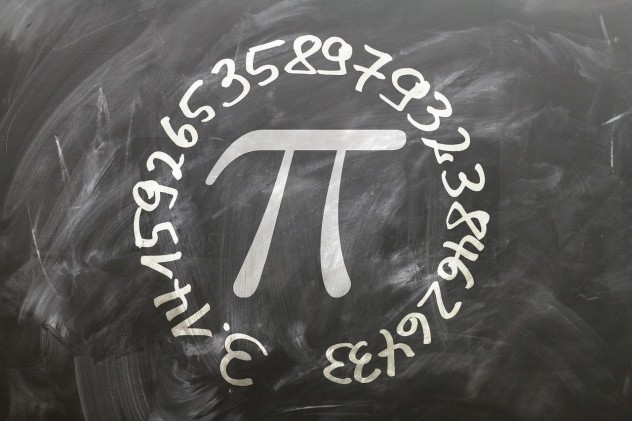 By Gabriel Mateescu (MEd. Imaginative Education, Math Teacher Surrey School District)
By Gabriel Mateescu (MEd. Imaginative Education, Math Teacher Surrey School District)
When you hear the word imagination what do you think of? I doubt many of you reading this initially thought of Math. Yet Math and imagination are closely linked. The greatest mathematical minds in our history had immense imagination to create and discover new connections between numbers, variables, the world around us and our universe. There are many great historical mathematical tales to be told throughout history such as how Archimedes was able to calculate the circumference of the earth with very primitive tools. Also, how around the year 500 B.C.E. Hippasus discovered the existence of irrational numbers while trying to calculate the value of ![]() . There are countless stories of discoveries made in the field of mathematics spanning thousands of years. But, how many of us take the time to share even one of these stories with our students? I admit guilt here as well. Too often I get bogged down with checking homework, getting through the lesson, making sure corrections are done on quizzes etc.
. There are countless stories of discoveries made in the field of mathematics spanning thousands of years. But, how many of us take the time to share even one of these stories with our students? I admit guilt here as well. Too often I get bogged down with checking homework, getting through the lesson, making sure corrections are done on quizzes etc.
If you were teaching a class of grade 8 or 9 students and more than half didn’t know or couldn’t remember their multiplication tables, telling a story would be the last thing on your mind I’m sure. And yet, I’m almost positive that we have all taken even a few minutes per week to share with our students some sort of personal account of an event that has happened in our lives.
We can’t help it; it’s human nature to story tell. It’s in our DNA.
Whether recounting the time your car got towed or a memorable experience with loved ones, we love telling stories. We love our stories to be heard and people love hearing them. Think about the countless stories that get told in the staff lunch room each day! Of course, a Monday story tends to carry more weight than, say, a Wednesday one, but still we can’t help but be engaged or perk our ears up.
The point is that stories engage, inspire and create curiosity. (Read more about how and why the story-form supports learning here. And here is the “why and how” for humanizing topics in your teaching.)
Why not use the power of story to engage and inspire our Math students? Instead of starting the year off diving directly into your syllabus, start with a story about a mathematical discovery that changed the world. Instead of starting your trigonometry lesson with an example or review from last session, start it off with a story about Pythagoras. Who was he? What did he look like? When did he make his discovery? Why is it relevant still today nearly 2500 years later? You do not need to have a major in the history of Math either; you have all the information you need at your fingertips. Search online and find a relevant mathematical story or discovery and replace the five minutes of recounting personal events with that particular Math story. I guarantee that if the story peaked your interest, it will most likely interest your students as well.
The hardest thing about introducing new content or habits into your lessons is consistency. What I suggest is not to go right now and research seven stories you can tell at the beginning of the next seven units. Instead, take your time researching a little bit, maybe try to read one story a week about a mathematical discovery or famous figure, until you find one that speaks to you. Take the time to share this story with your class. Whether you do it at the beginning of the semester, half way through the semester, at the beginning or end of a unit, doesn’t matter. Just be sure to take the time and use one Math story. Then next semester add another Math story. Keep adding to your repertoire one at a time and before long your story list will grow. So, too, will your students’ imagination and inspiration in learning Mathematics.
More IMAGINATIVE MATH teaching ideas and resources
Follow Fred G. Harwood. Here is a link to his recent ProD presentation for Math teachers: “Problems, Strategies, and Games that lead to Math Talk”
Follow Peter Liljedahl. Here is a link to the “for teachers” section on his blog–tons of imaginative Math resources.
How do you engage your students’ imaginations in Math?
Please leave a comment or get in touch!




